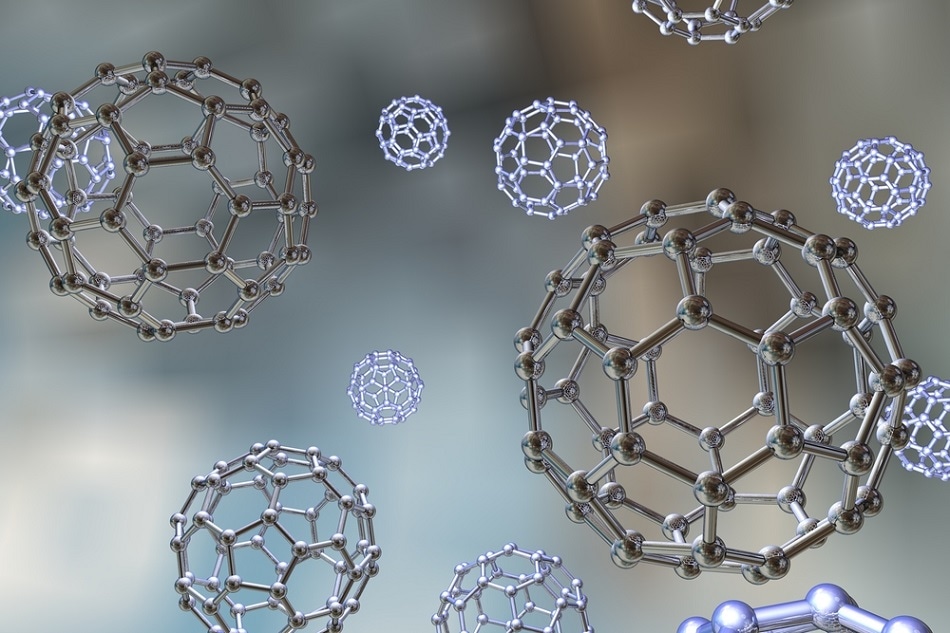Food and Water born diseases – Biological foodborne illness is by far the most common occurrence of foodborne illness and is caused by a large number of pathogenic (disease-causing) microorganisms (germs), including viruses, bacteria, protozoa, parasites and fungi. A very common virus that causes foodborne illness is norovirus (people often call illness caused by this virus “stomach flu”, although it is not really a true “flu”, which is a respiratory illness). Salmonella bacteria also commonly cause foodborne illness.
 Loading…
Loading…


